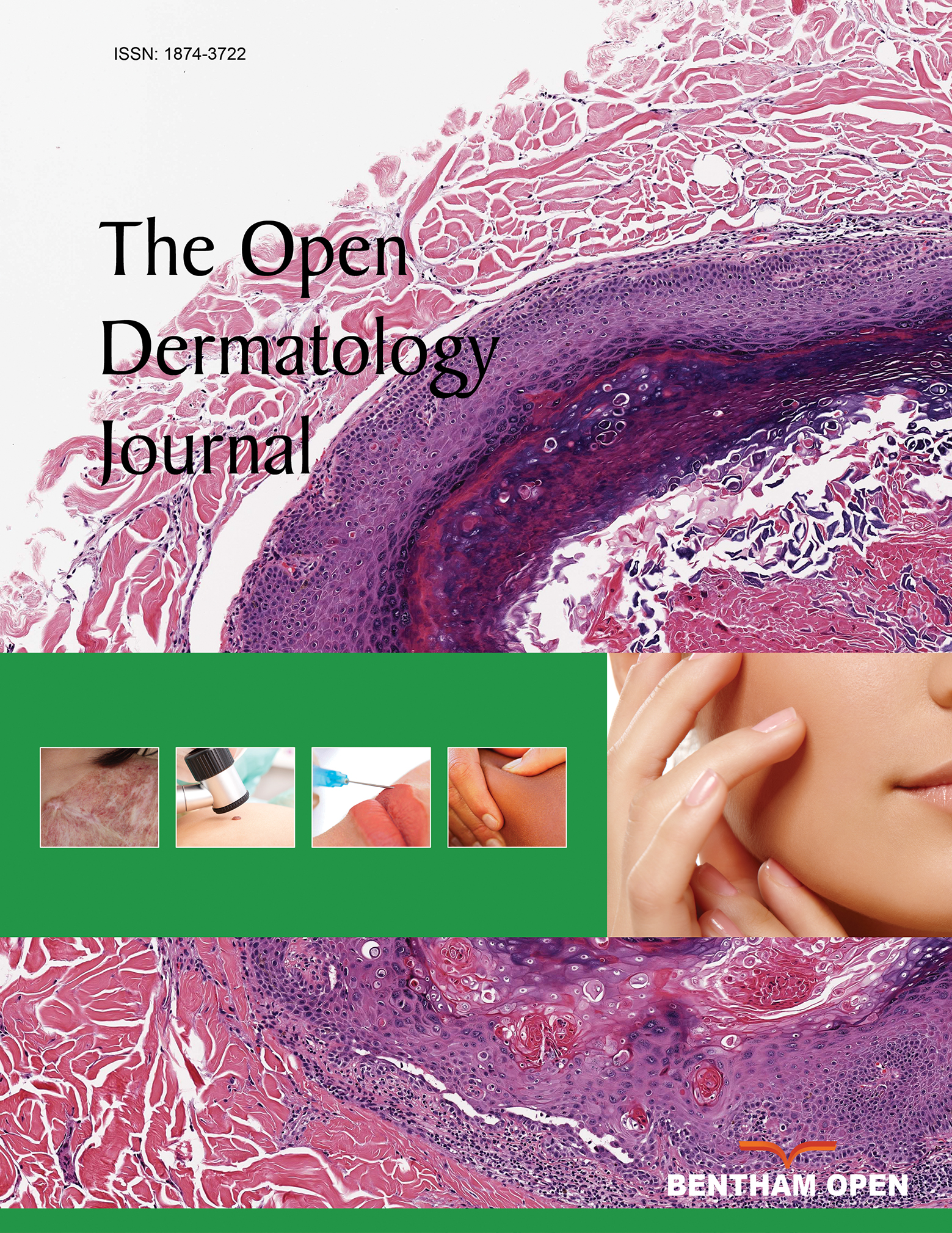All published articles of this journal are available on ScienceDirect.
Quality and Efficacy of Tribulus terrestris as an Ingredient for Dermatological Formulations
Abstract
Tribulus terrestris L. (Zygophyllaceae) is an annual plant commonly known as Puncture vine. It is dramatically gaining interest as a rich source of saponins. T. terrestris is a promising ingredient for many industries and recent patents on dermatological applications support the use of this plant for cosmetics and hygiene. Nonetheless problems arise in the selection of the material to be used. The extracts of different origins may differ substantially. Natural speciation processes normally influence ‘variations’ in wild-crafted medicinal plants. The genus Tribulus is emblematic. Taxonomic status of T. terrestris is complicated by the wide geographical distribution leading to high levels of genetic polymorphism. Being aware of such variability we selected 3 commercial Tribulus extracts and compared their biological effect on Candida albicans with the effect produced by an extract from local plants (South of Apulia, Italy). One of the commercial extracts with the best anti-candida performance was used to substitute triclosan in a detergent formulation and it proved to improve the product performance in the control of potentially pathogenic skin flora such as C. albicans.


